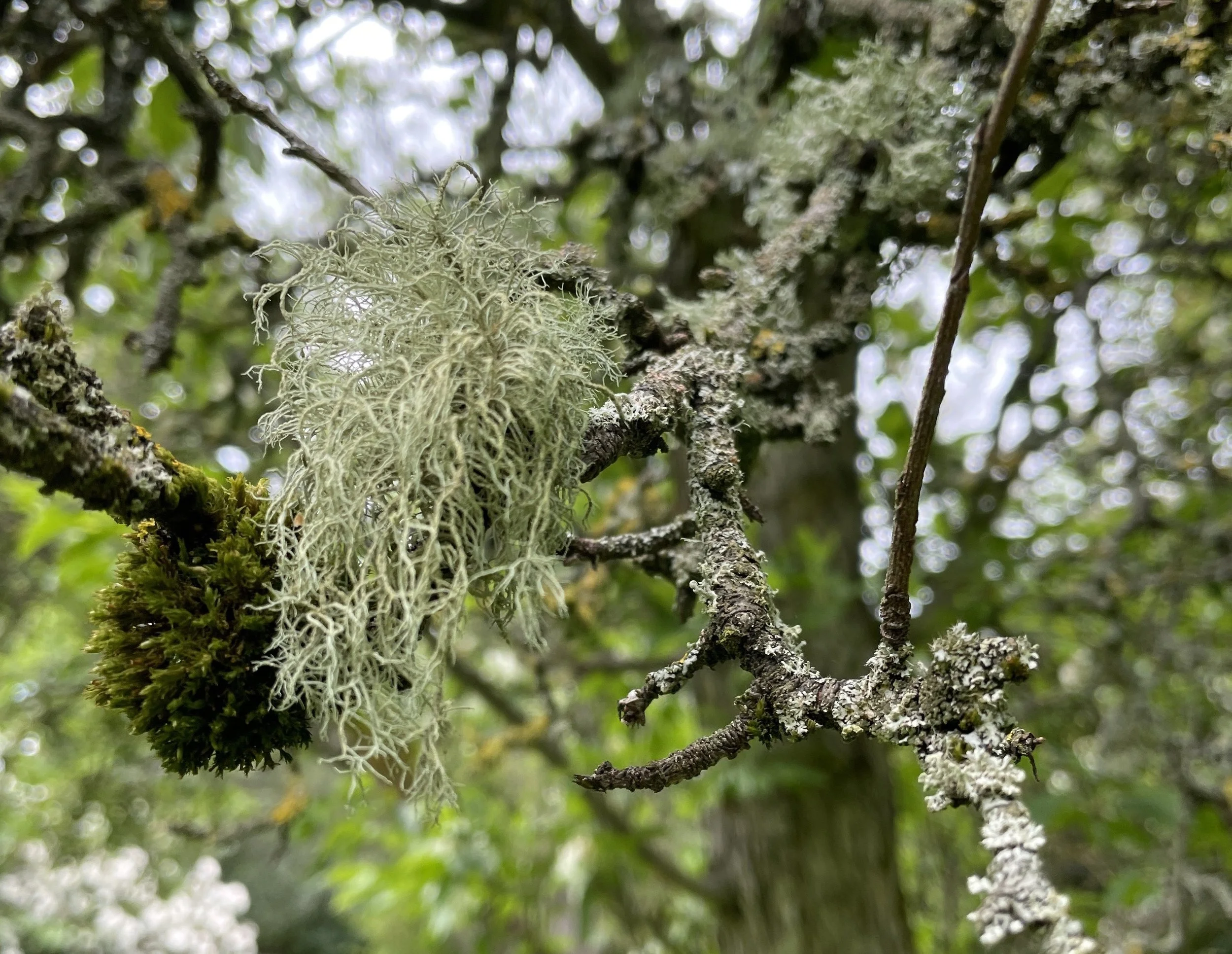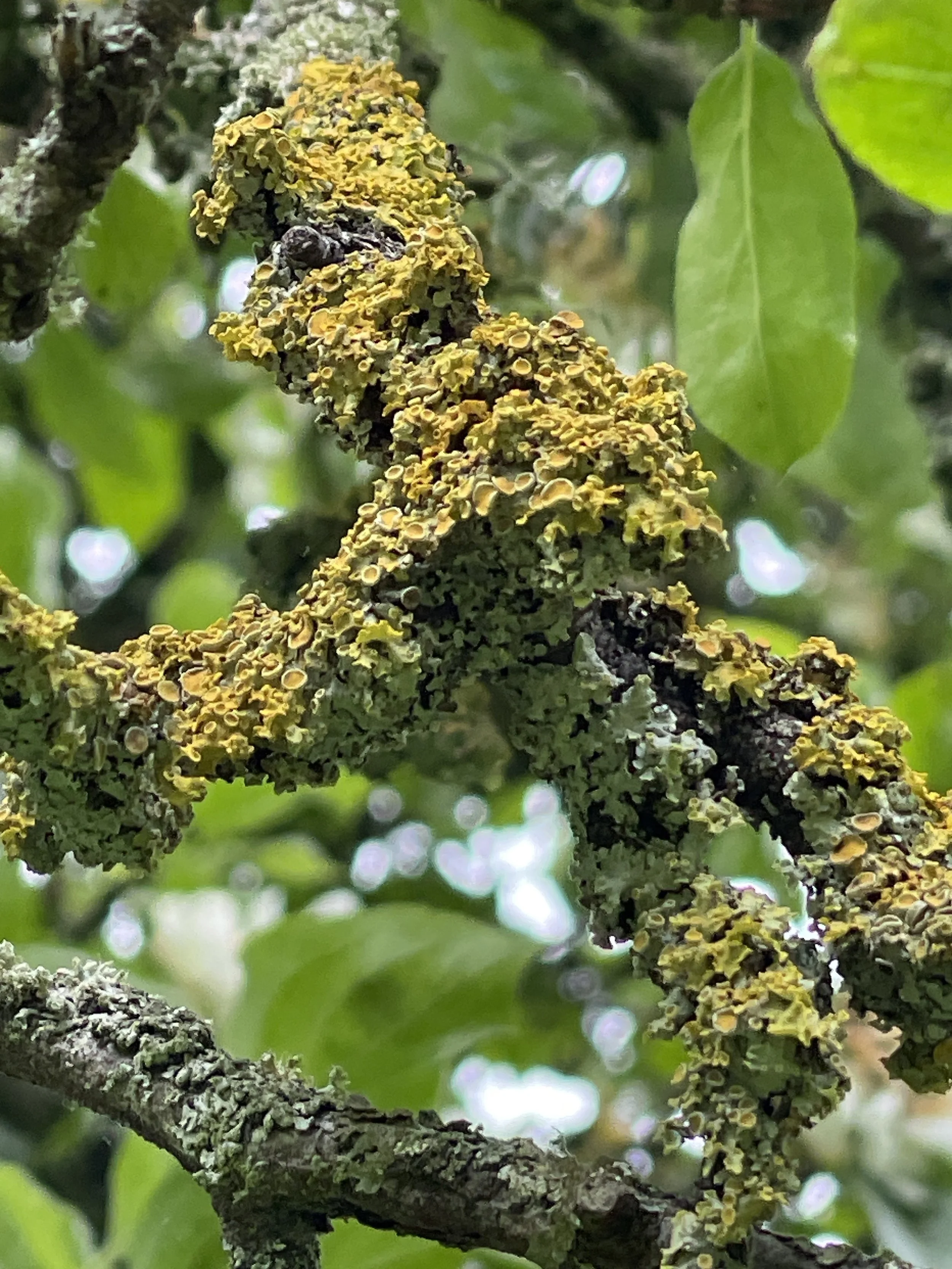Welcome to the AA Nature Blog
Astley Ainslie Hospital was designed to foster health and recovery through contact with nature and there is plenty to see within its acres. In just one afternoon in August 2019, naturalists attending our Nature Day found 258 different species, so you are guaranteed some nature action if you visit with open eyes.
Astley Ainslie Hospital was designed to foster health and recovery through contact with nature and there is plenty to see within its acres. In just one afternoon in August 2019, naturalists attending our Nature Day found 258 different species, so you are guaranteed some nature action if you visit with open eyes.
If you want to know what to look (or listen) for, this blog will give you some pointers. We have created the blog for people to share with others what they find. If you would like to write us a biog post, just drop us a line via the contact form.
Jonathan Silvertown
Lichens in the old orchard
It all begins with an idea.
Lichens on the old apple trees in the orchard behind the consultants’ bungalow. Photo Jonathan Silvertown
Lichens are a fascinating group of organisms and the Astely Ainslie has some lovely ones. I spent a pleasant half hour recently looking at the ones growing luxuriantly on the old apple trees in the orchard behind the Consultants’ Bungalow. Its just inside the big iron gates at the bottom of Whitehouse Loan.
Each lichen is made up of at least two species, living together in symbiosis. One is an alga or photosynthetic bacterium and the other a fungus. Each does a different job in the lichen, the green partner supplies energy generated by photosynthesis and the fungal partner does - well, actually that’s not clear. Maybe it just robs the alga and imprisons it in fungal tissue.
The dual nature of lichens has been recognised for a century and a half, but no one has yet been able to take a fungus and an alga and create a lichen. It turns out that there are other partners in there that may be essential to lichen formation. Yeast (single-celled fungi) and bacteria are present too.
Another challenge lichens offer, especially to an amateur naturalist like me, is to identify them to species. I’ve tried books and so on, but these days my first recourse is to one of the apps that I carry on my phone. I used Obsidentify on the lichens and the moss shown in the photo and identified these:
Lichens Usnea species, Xanthoria parietina, Oakmoss lichen Evenaria prunastri, Parmelia sulcata, grey-green disc lichen Lecidella elaeochroma. Moss: wood bristle moss Orthotrichium affine
Xanthoria parietina lichen on an old apple tree
Lecidella elaeochroma lichen





